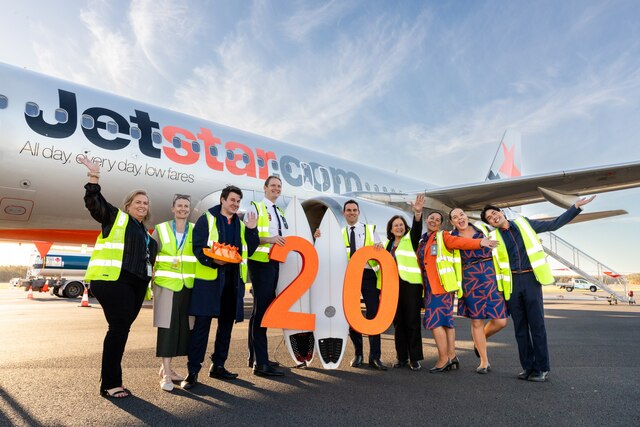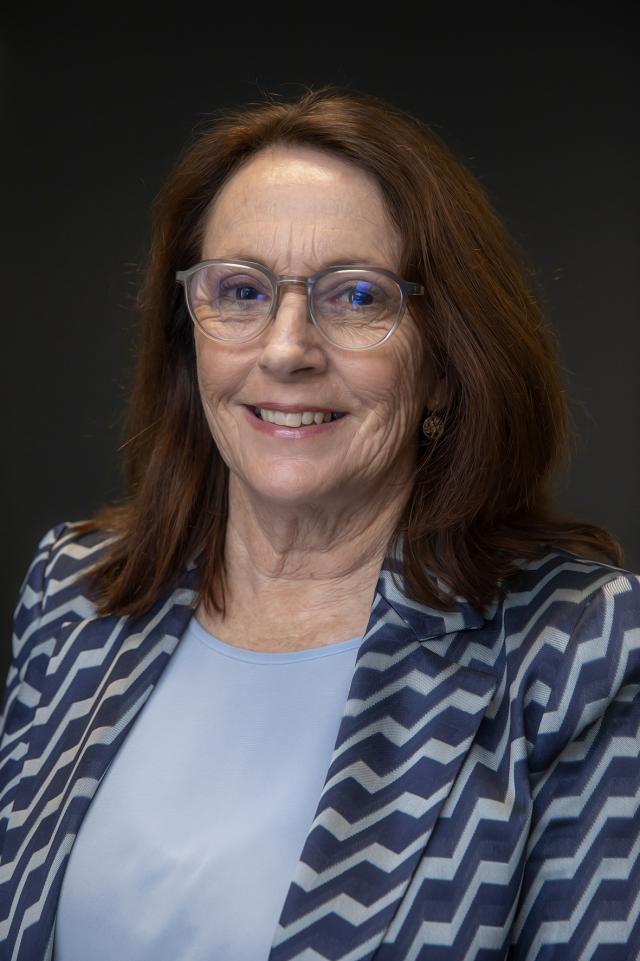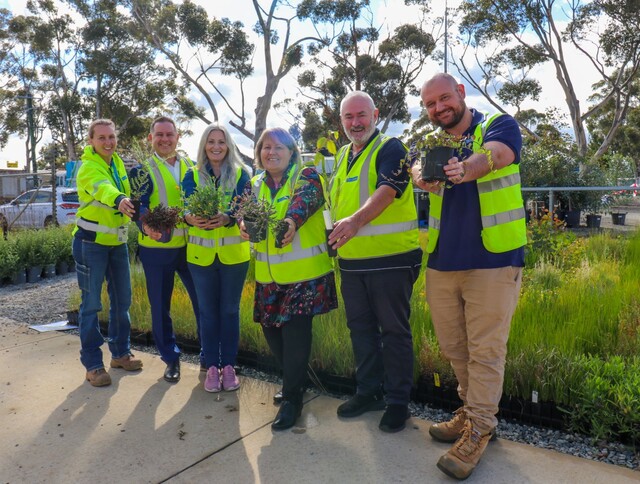A draft report from the Productivity Commission on Local Government’s revenue raising capacity was released last December. The final report is due to be presented to the Government in April this year. The report — Assessing Local Government Revenue Raising Capacity — was requested by the Australian Government in April 2007 following a recommendation of the 2004 Hawker Fair Share Report on cost shifting to Local Government.
The draft report acknowledges that Local Governments play an important role in Australian society through their provision of infrastructure, delivery of services, and planning and regulatory activities. The draft report says that, amidst calls by Councils for increased funding from the Australian and State Governments, most Councils appear to have some limited capacity to raise more revenue, if they and their communities wished to do so.
“Local Governments are funded mainly through rates, fees and charges including developer charges and fines,” said Commissioner Judith Sloan. “Grants from the Australian and State Governments also are a substantial source of revenue to Councils in rural and remote locations, on a per person basis.
“The impact of raising additional own source revenue would vary across classes of Councils. A modest increase by urban Councils would be less difficult than for rural and remote Councils where a higher proportion of community income is already drawn upon. For this reason, many rural and remote Councils may continue to depend more on grants than their urban counterparts.”
The report also indicates that State legislative and regulatory factors may limit the ability of Councils to raise revenue. However, other than in New South Wales, this effect appears to be minimal due to the flexibility of arrangements in place. Rather, the major constraint on raising revenue from rates, and fees and charges, appears to be policy choices made by Local Governments in response to their own political environments.
The Productivity Commission is inviting further discussion and input before it completes its final report in April 2008.
Key points in the draft report include:
- there are 700 local governing bodies
in Australia: 663 are councils and 37
are declared bodies. Their characteristics,
services provided and sources of revenue
vary significantly. - the levels and composition of the sources
of revenue also vary considerably
between and within the States, and
between and within classes of Councils.
This reflects a multitude of factors
including differences in legislative
frameworks, functions, patterns of
demography and regional development,
and the preferences of local
communities. - the majority of Local Governments,
capital city, urban developed, urban
fringe and urban regional, are
predominantly funded from their own
sources of revenue, particularly rates, fees
and charges. Although own source
revenue is the major revenue source for
most rural and remote Councils, grants are
also a substantial source of their
revenue. - overall Local Government revenue is
a small ratio of GDP – about two per cent.
The ratio of rates revenue to GDP
decreased from 1.1 to 0.9 per cent
between 1990–91 and 2005–06. Had the
ratio been 1.1 per cent in 2005–06,
national revenue from rates would have
been 20 per cent higher, representing an
extra $1.7 billion or $84 per person. - the revenue raising capacity of Local
Governments depends partly on their
fiscal capacity, for which the after tax
aggregate income of the community is
the best indicator. Fiscal capacity differs
by class of Local Government. - urban Local Governments tend to draw
on only a small proportion of the
aggregate income of their communities.
By contrast, smaller rural and remote
Councils tend to draw more heavily on
the income of their communities. - analysis of the relative potential of
Local Governments to increase their own
source revenue suggests that, on average,
Councils are raising about 90 per cent of
their hypothetical benchmarks - whether Councils can realise this potential
will depend on the circumstances of
individual Councils. The scope for
raising additional revenue should not
be taken to imply that Local Governments
should increase the revenue they raise. - the major constraint on the revenue
raised by Local Governments appears to
be the democratic process itself, reflecting
their communities’ willingness to pay - although most Councils could do more
to help themselves, a small number would
remain highly dependent on grants, despite
very high levels of revenue raising effort. - a wide variety of legislative and regulatory
restrictions are imposed by jurisdictions
on the raising of own source revenue by
Local Government, although generally
these do not appear to be significant
impediments to revenue raising in most
jurisdictions, with the exception of rate
pegging and concessions in New South
Wales - the application of open and transparent
decision making processes
to ensure sustainable financial
management can assist Local
Governments to improve
the wellbeing of their
communities.
Australian Local Government Association (ALGA) President, Councillor Paul Bell, said that the ALGA, and Local Government as a whole, will be looking carefully at the draft conclusions and providing comments back to the Federal Government over the next few months.
ALGA is also encouraging individual Councils to make submissions on the draft report.
The report is available at www.pc.gov.au/study/localgovernment/docs/draftreport







